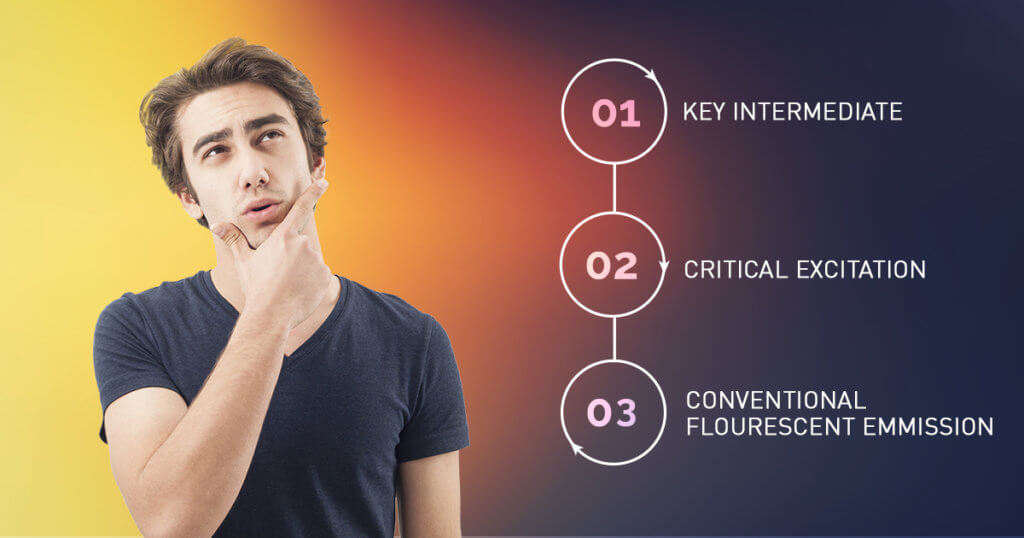Orders Over $100 SHIP FREE START SHOPPING NOW
Error: Contact form not found.
Orders Over $100 SHIP FREE START SHOPPING NOW

At our research and development facility in Massachusetts, one of the most common questions our team fields is, “How exactly do your light sticks work?” While the specifics are confidential, our chemists broke down the process to share with you.
What makes glow sticks work is the theory of chemiluminescence. Chemiluminescence is a three-part process that follows these basic steps:
During this step Oxalate Ester mixes with Hydrogen Peroxide to create something call the KI or Key Intermediate.
In this second step, Critical Excitation, the chemical energy of the KI is converted to electronic excitation energy in a separate fluorescent chemical molecule to create the Flourescer. This step determines the color of the glow since different flourescers produce different colors of light.
You may have noticed that light stick brightness change depending on temperature. So, now you’re wondering if the environment affects the performance of chemical lights.
Yes, a number of factors can affect the performance of chemical light including ambient temperature. This is because the rate of the reaction that produces chemical light increases or decreases with temperature – hotter = faster reaction and brighter appearance, colder = slower reaction and less bright appearance.
A simple way to see this science in action is to take a light stick on its last legs and toss it in the freezer. It should still have some glow remaining well after it should have (or would have) faded out.